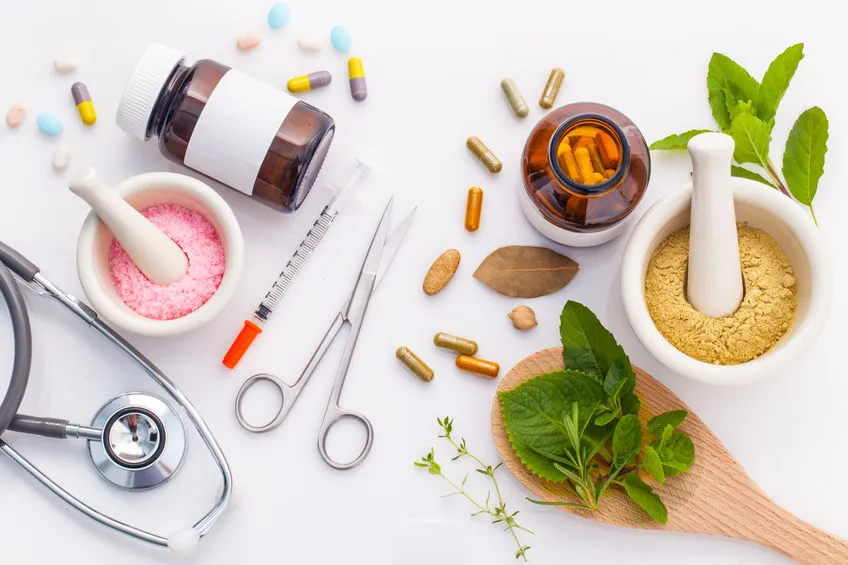Compound medication is provided to the patients who need special treatment that is not readily available through commercially prepared drugs. For this purpose, a compound Pharmacy serves the function. Compounding pharmacy definition describes itself as a well-purposed place that formulates the customized compound medications for the patients to meet their specific needs of product involved in their treatment.
The compound medications are endless. If you cannot take oral pills, compound pharmacies plan the same medicine differently so that you can still take the medicine for your treatment. A compound medication list involves a variety of delivery options. Following are some famous compound medicine examples:
- Capsules
- Injectables
- Syrups
- Creams
- Serums
- Ointments
- Supplements
- Gels
Typically, the pharmacists at the compounding pharmacy customize the medicine from scratch. There are several compound medication examples like compounded pills and tablets that are rarely compounded but creams, liquids, ointments and suppositories fall under the regular compound medication list.
The formulating options are vast while customizing a drug. Many natural organic active ingredients are also imparted in the drugs to provide benefits and relief. A compounding pharmacy near Kensington, Maryland takes existing drugs and manipulates them for the patient’s convenience.
Anyone can be prescribed a compounded medication. The best thing about a compound medication is that it can be prescribed to all age groups ranging from newborns to older adults.
There are many advantages of using compound medications but they are expensive. Even if you have your insurance, some of them may not be covered or compound pharmacies may not take insurance.
What is the Most Common Compounded Product?
The compound medication list is surely a lengthy one having extra-ordinary health benefits. The most common examples of compound medication include compounded topical medications, sublingual medications and oral medications. Injectable medications and suppositories are also novels compound medication examples. A few of the common compounded products are described here:
Compounded Topical medications
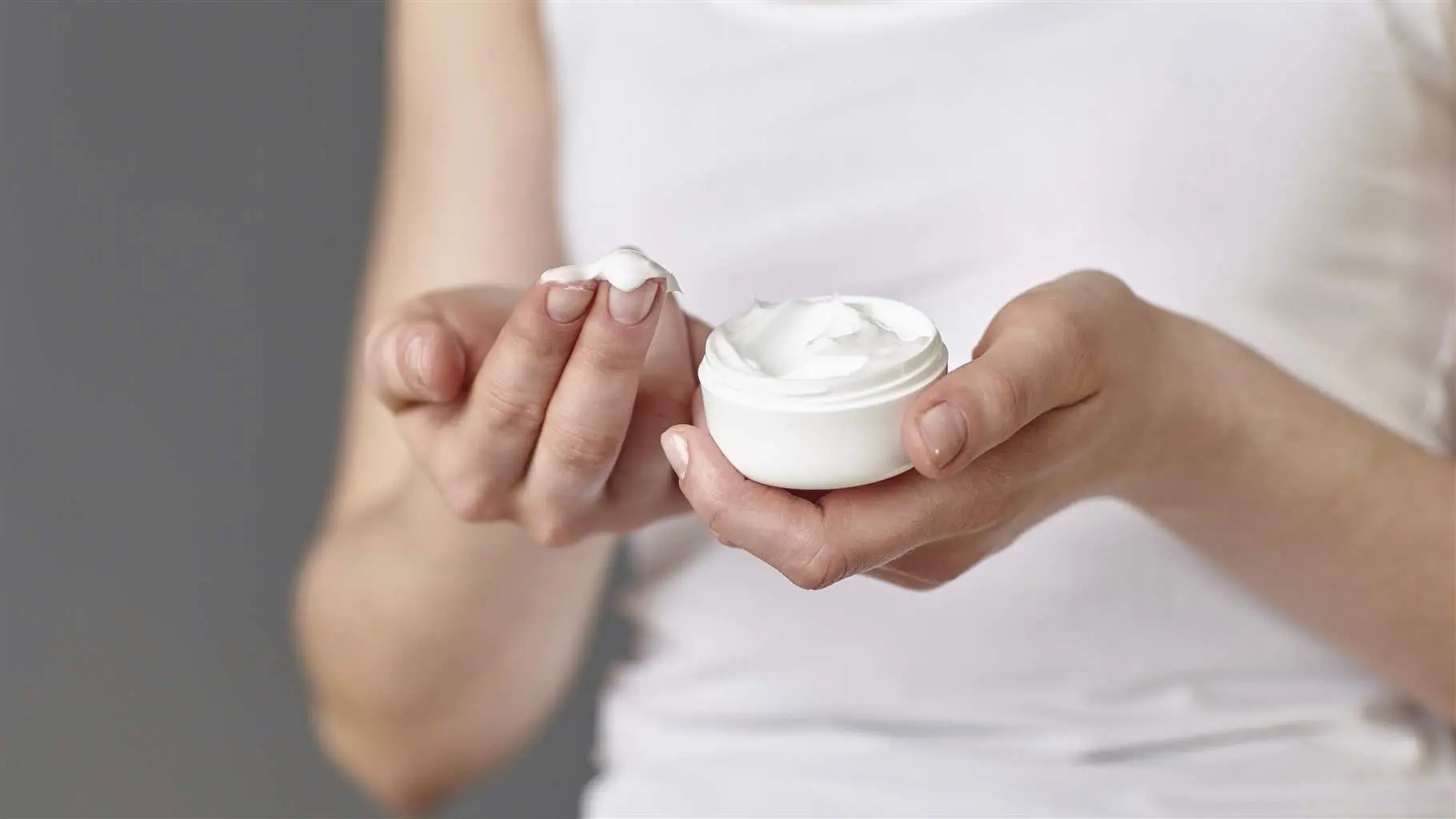
Topical medicines are applied on the skin or mucous membrane to get relief from pain. The advantage of using a topical medication is that it provides local treatment and it is a prominent way of treatment by drug absorption.
Topical medication products are helpful because they can bypass the first-pass metabolism that is liver metabolism, bypass gastrointestinal sensitivity and degradation from stomach acid. Another benefit of using topical medication is that the combined effect of two or more active ingredients enhances patient compliance. There is a compounded medicine list which includes:
- Gels
- OPL gels
- Creams
- Ointments
- Solutions
- Lotions
The most common formulated drugs at a compounding pharmacy for topical medications include:
- DHEA 1.3% (13mg/gm) Vaginal Cream
- Estradiol 0.05% (0.5mg/gm) Cream
- Retinoic Acid 0.4% Topical Solution
- Gabapentin 6% Ointment
- Trichloroacetic Acid 7%, Salicylic Acid 2% Topical Solution
Ketoprofen/Cyclobenzaprine topical gel is another most common product that is formulated combining various active ingredients in calculated amounts.
Compounded Sublingual Medications
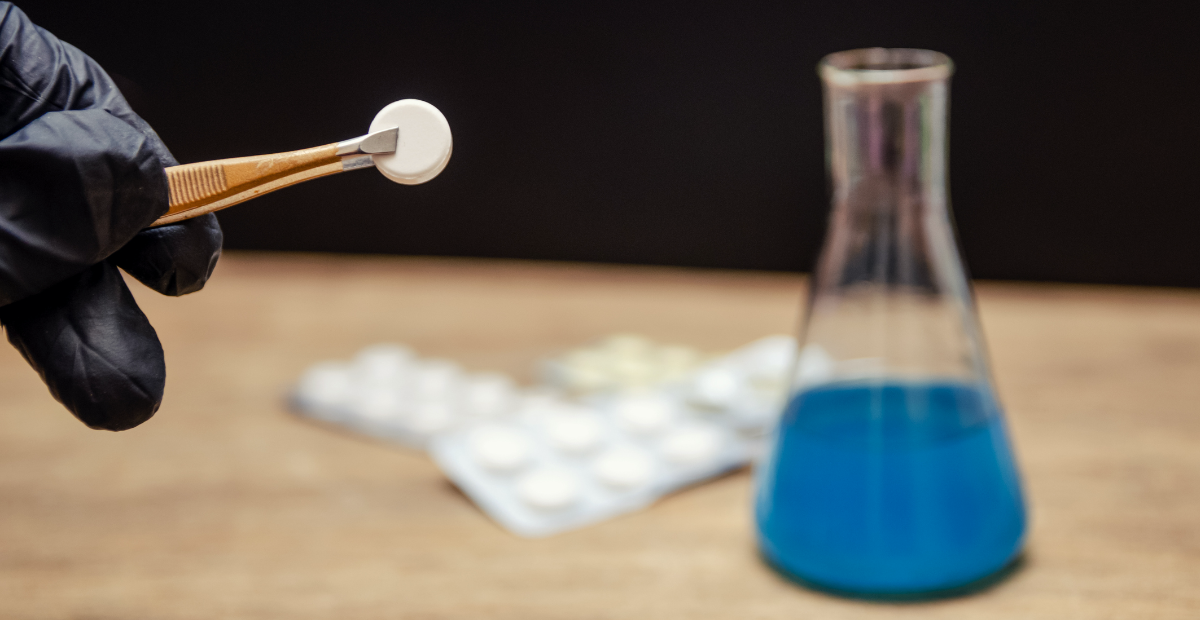
A sublingual medication is defined as a drug that is administered under the tongue where it is absorbed into the bloodstream through the mucous membrane. Sublingual medicines are prescribed to blood pressure patients as it is the fastest way of delivering the drug to the body.
Several advantages of using sublingual drugs include bypass to the liver metabolism and gastrointestinal degradation of the drug. It is also helpful for patients who have difficulty swallowing the pills. Moreover, their on-set of action is faster because of direct administration.
There are many herbal remedies for high blood pressure and now herbal ingredients are used in compounded sublingual medications. The examples of sublingual compounded medicines include:
- Troches or lozenge
- Solutions
- Drops
A list of commonly used sublingual medication includes:
- DHAE troche
- Estradiol troche
- Progesterone troche
Troches are soft gelatin flavored like gummy bears that provide medication in an easy to take and a faster onset of action. Troches offer local side effects for better therapeutic outcomes including antiviral, antifungal, anti-inflammatory, anesthetic and healthy convenience for patients.
Piroxicam tablet triturates are also widely used and prepared in compound pharmacy because they are not available in commercial pharmacies.
Compounded Sterile Injections
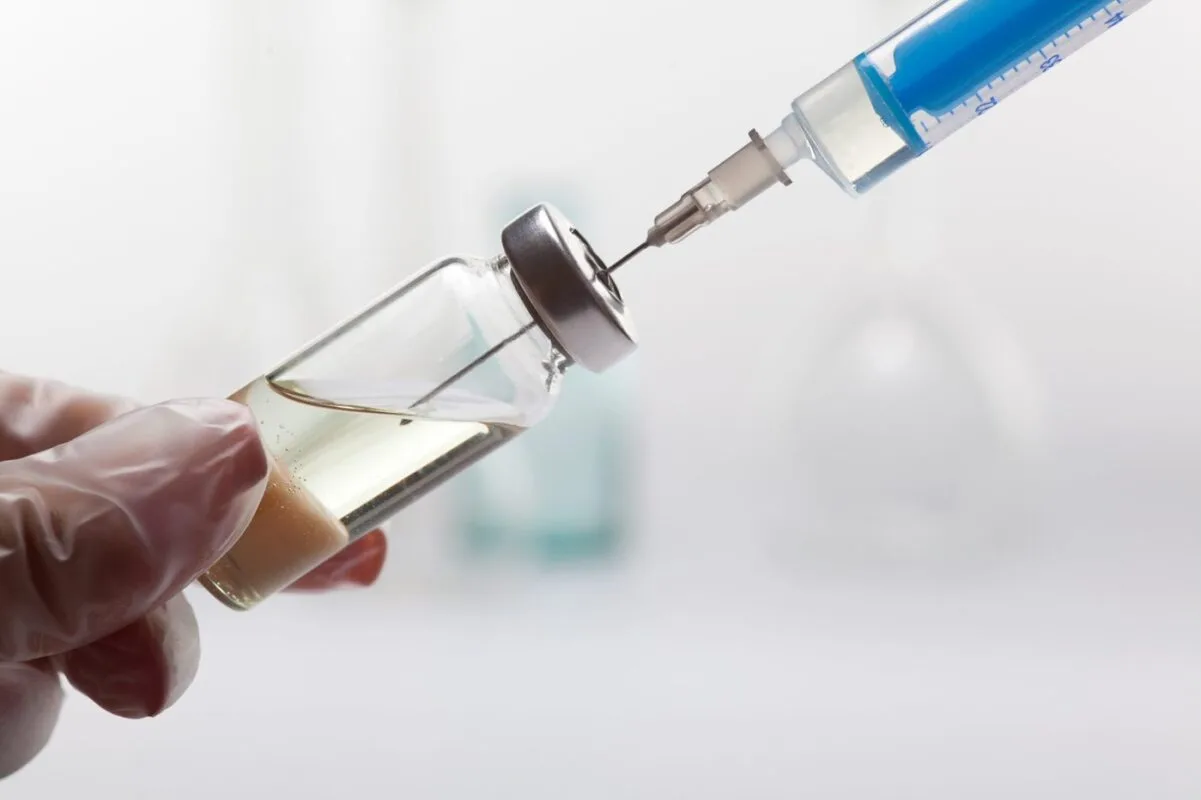
Compounded sterile injections include aqueous and oil vehicles that are sterile drugs to be administered in the patient’s body using a needle and syringe. Several routes are commonly used for drug delivery which includes:
• Intravenous drug delivery
• Intramuscular drug delivery
• Subcutaneous drug delivery
Eye infections are treated using compound ophthalmic as solutions, suspensions, sprays and ointments. Furthermore, Inhalation solutions, TNP mixtures and irritating solutions are also available in form of sterile injections. Some most common products include:
1. Acetylcysteine 100 mg/mL
2. Dextrose, Methylcobalamin, Procaine
3. Vitamin B Complex-100
4. Riboflavin 50 mg/mL
5. Procaine 20 mg/mL (2%)
Pharmacy Brookville, MD is a place that formulates the injections by combining multiple ingredients to improve compliance and enhance the delivery of the drug.
Compounded Oral Medicines
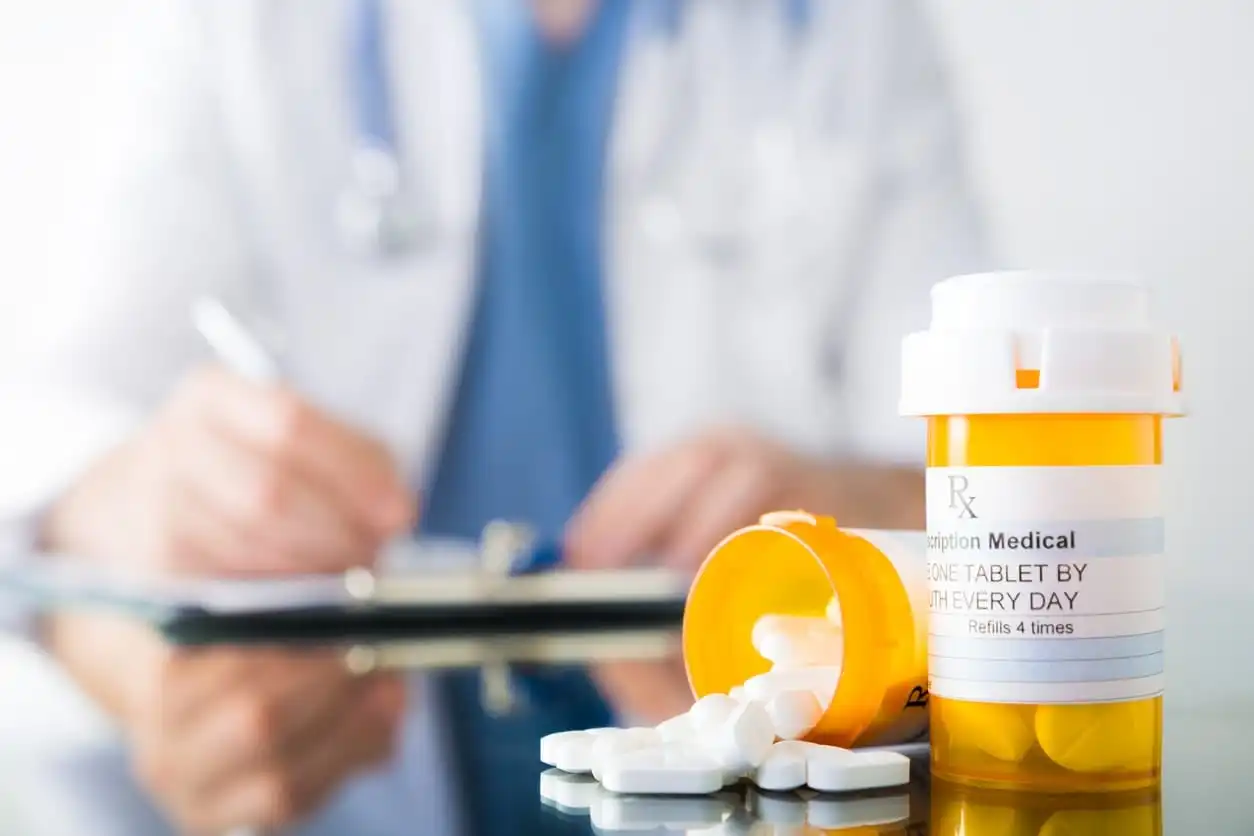
Oral medicines are also available as compounded drugs. These are taken into the body via mouth for digestion and absorption. Compounded oral medicines are available as:
• Tablets
• Capsules
• Suspensions
• Solutions and formulations
Sugar-free, dye-free and lactose-free formulations are also available that are customized for diabetic patients and patients who have lactose intolerance. Table triturate provides rapid onset for various issues including migraine headaches, emesis and erectile dysfunction. Tablet triturates are cheap and they provide a variety of benefits.
Compounded oral medication examples include:
1. Anastrozole 50 mcg Capsule
2. Chrysin 100 mg Capsule
3. Hydrocortisone 2.5 mg Capsule
4. Liothyronine Sodium 10 mcg Capsule
5. Naltrexone HCL 4.5mg, Lactose-Free, Dye-Free Capsule
Suppositories
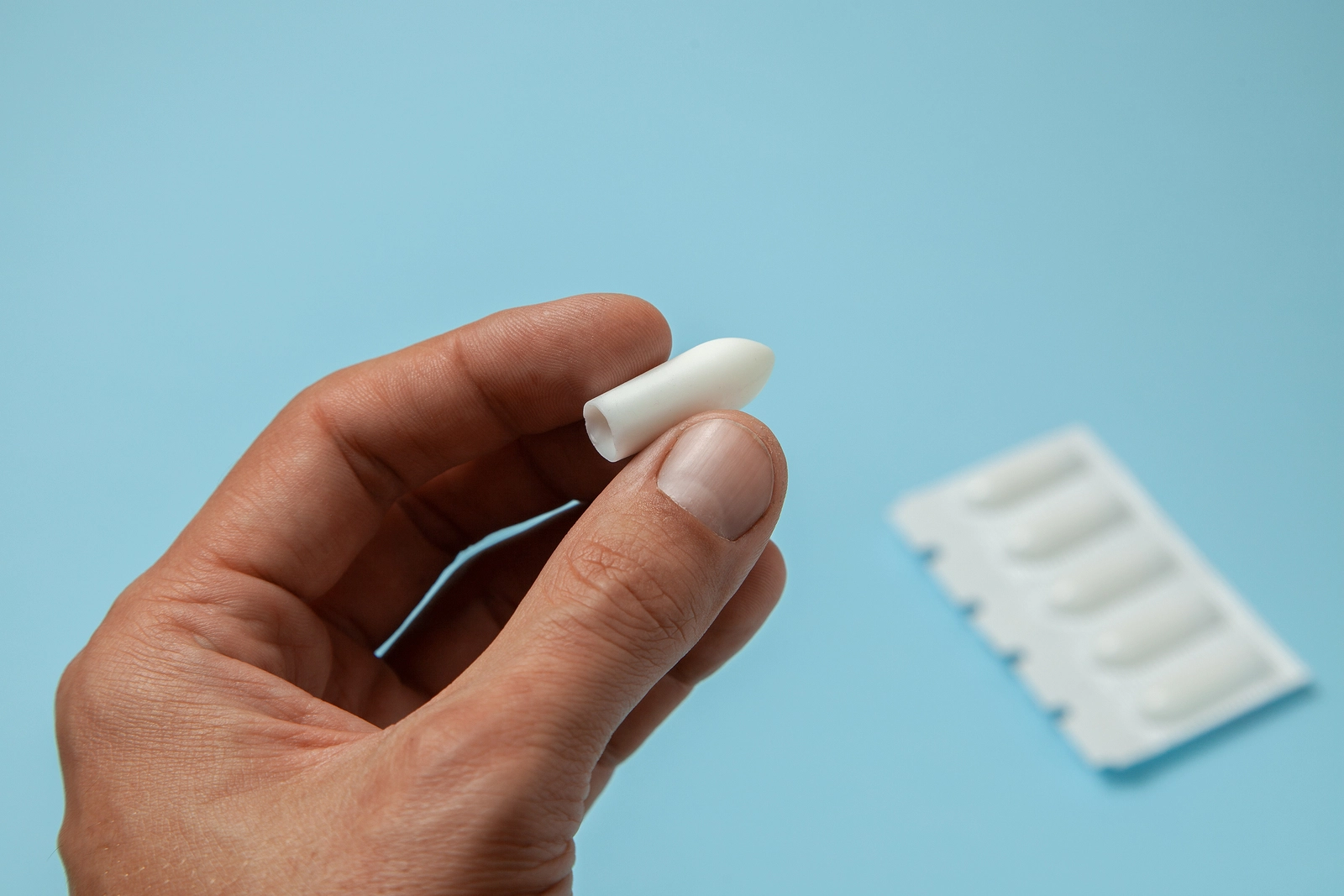
Suppositories are advanced compounded drugs that come in a solid molded medication inserted rectally or vaginally. It is absorbed locally and systemically when it is dissolved inside the body. Putting medicine by suppositories allows the patient who can’t swallow pills and tablets to receive the required concentration of the drug.
A suppository is helpful for patients who have symptoms of nausea and vomiting and feel difficulty taking oral medication. Suppositories have rapid local effects for Hemorrhoids, Irritable Bowel Syndrome (IBS) and other diseases.
Various types of suppositories include:
• Rectal suppositories
• Vaginal suppositories
• Rectal enemas
• Vaginal creams
The benefits of using suppository include a bypass of liver metabolism, bypass of gastrointestinal degradation, bypass of gastrointestinal sensitivity and bypass of oral ingestion for those patients with vomiting tendency.
The most common products that are commonly used as suppository or enemas at compound pharmacy include:
1. Baclofen 20 mg suppository
2. Diazepam 5 mg suppository
3. Ibuprofen suppository
If you know that your doctor is going to prescribe you a compounded medicine, ensure to try your luck with your regular pharmacy to check if they can make your prescription on your demand because many regular pharmacies also serve the function of a compounded pharmacy.


